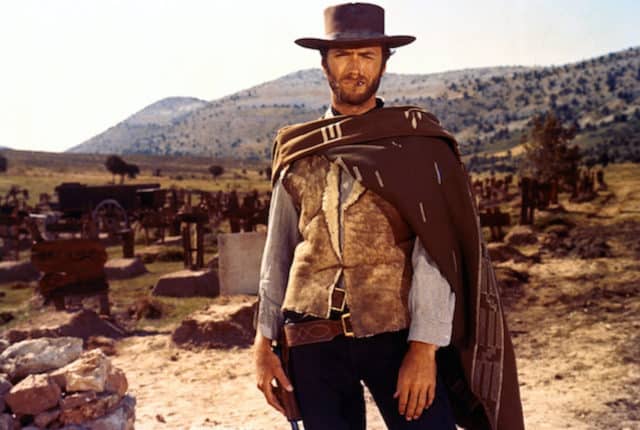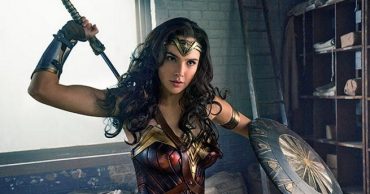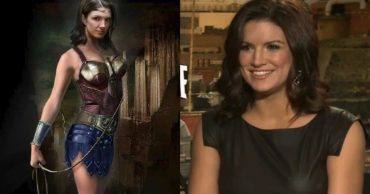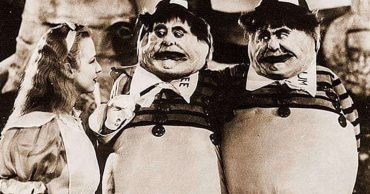
The Good, The Bad, and The Ugly helped redefine the Western genre in a few different ways. For one it gave a clear and distinctive view of what it mean to be human. Second, it touched upon the Civil War in a far greater manner than any other film in this genre ever had. And third, it created a type of character development that made the title actually make a lot of sense. Few such films in the history of cinema have ever struck such a chord with viewers as this one, and that’s probably why it stands out as one of the best films ever made.
To start out the characters are given their monikers without much explanation as to why, though there are plenty of visual cues. The Good, Blondie, was the kind of guy that always looked at his own bottom line. If it was good for his pocket and didn’t dip seriously into the more evil aspect of his nature he would do it. Of course he was still not quite the good guy since he’d still kill whoever stood in his way without a second thought. Tuco on the other hand, the Ugly, would normally only kill someone if they were trying to kill him. Otherwise he was more than content to lie, cheat, scheme, and do anything but kill to get his way. Angel Eyes, the Bad, would do just about anything, including murdering people to get what he wanted. He was perhaps the only true personification of the title he’d been given since he made no qualms about what he did and who he was.
When the three men’s paths converged on a hidden treasure the character development really started to show. Blondie was still a borderline killer, while Tuco remained the shifty, scheming individual he’d always been. Angel Eyes just kept on killing and torturing people to get his way no matter that those who’d done him no wrong were being made to pay the price.
Their paths also crossed due to the Civil War and the prominence it played in the film. Most Westerns would have touched the Civil War largely because it was too much violence for the average film in that day. That’s kind of laughable really since some Westerns were almost nothing but violence. In this film however the Civil War was quite prominent since Angel Eyes was a high ranking officer in the Union. It gave the impression that neither side of the was truly in the right and that men on both sides suffered horribly, which is pretty accurate to be honest. In terms of the characters however it offered a great deal of development as we see that Angel Eyes never changed while Blondie and Tuco did in fact change a bit.
It’s seen in the final shootout as well when the camera shots begin to tighten on their faces and then on their eyes. You can see from Tuco’s wide gaze that he’s not ready for this but will shoot either man to get what he wants. Instead, Blondie shoots Angel Eyes to wound him, and only kills the man when he reaches for his gun again. Tuco on the other hand finds that his gun is empty thanks to Blondie, who didn’t want Tuco shooting Angel Eyes or turning on him. By the end of the movie Blondie has come to discover the value of human life, which is why he shoots the rope from which Tuco is hanging rather than let him swing.
Despite being angry at Blondie as he rides away the viewer can’t help but note that Blondie has actually earned his title by this point, while Tuco’s was never really in question.
So how did the film redefine the Western? It showed humanity at it’s worst and at it’s best in a world where morality was never a certain thing.
&t=4s
 Follow Us
Follow Us




